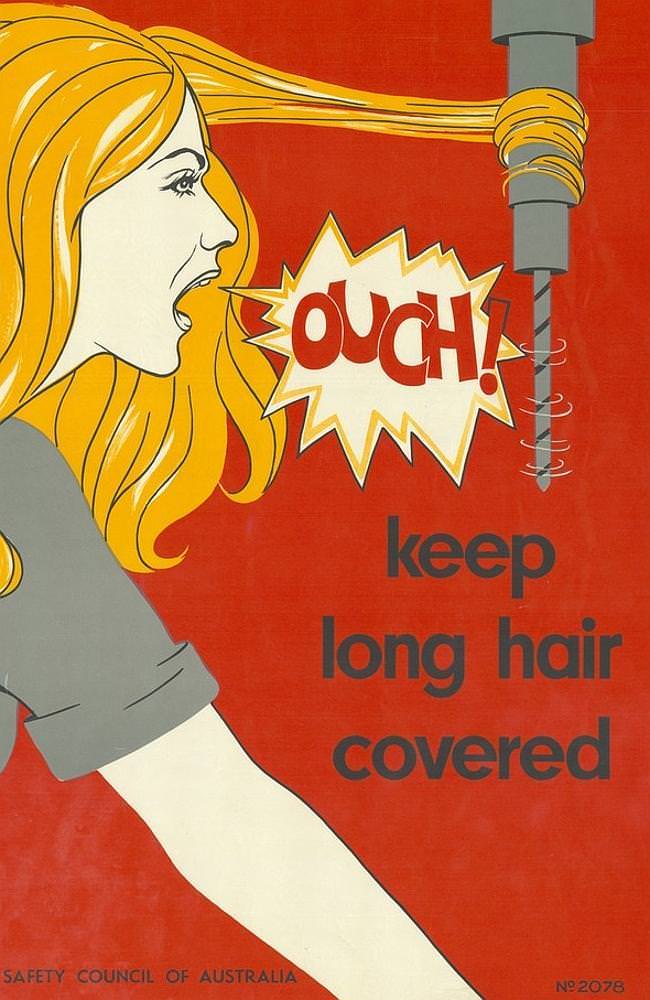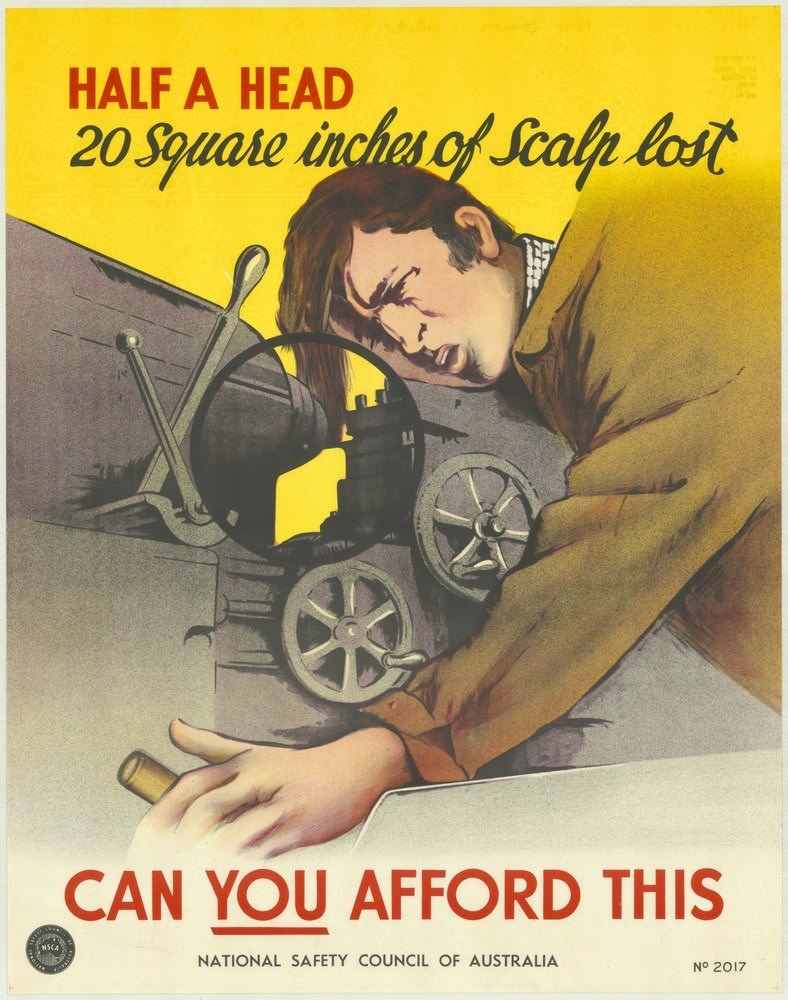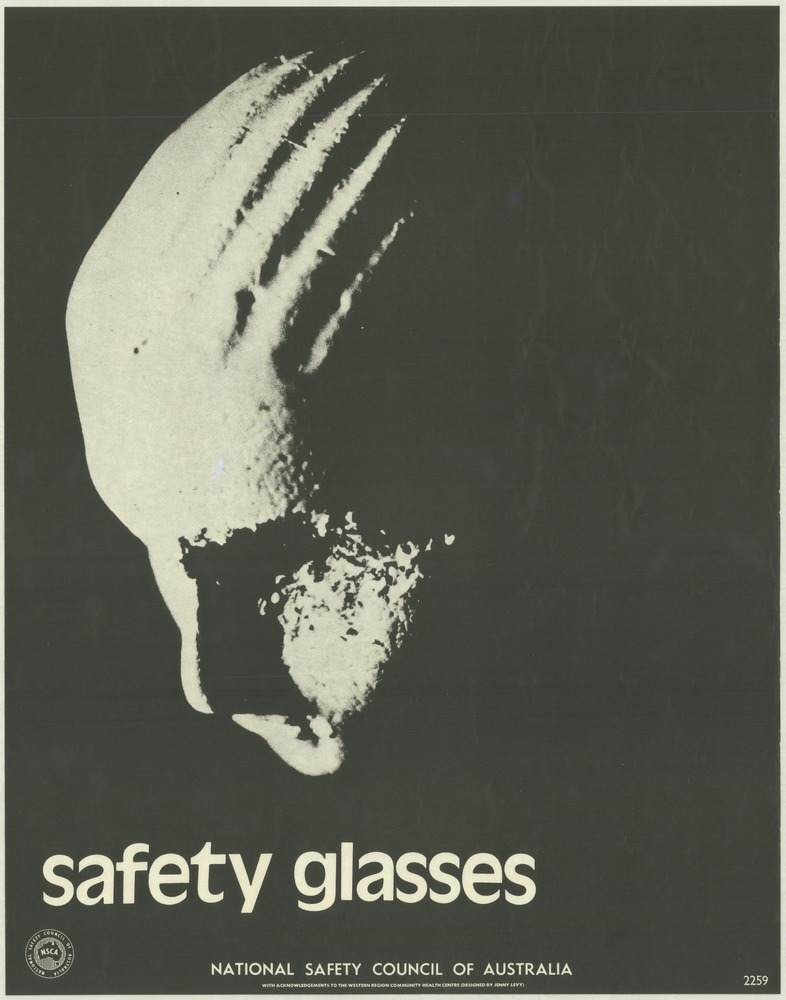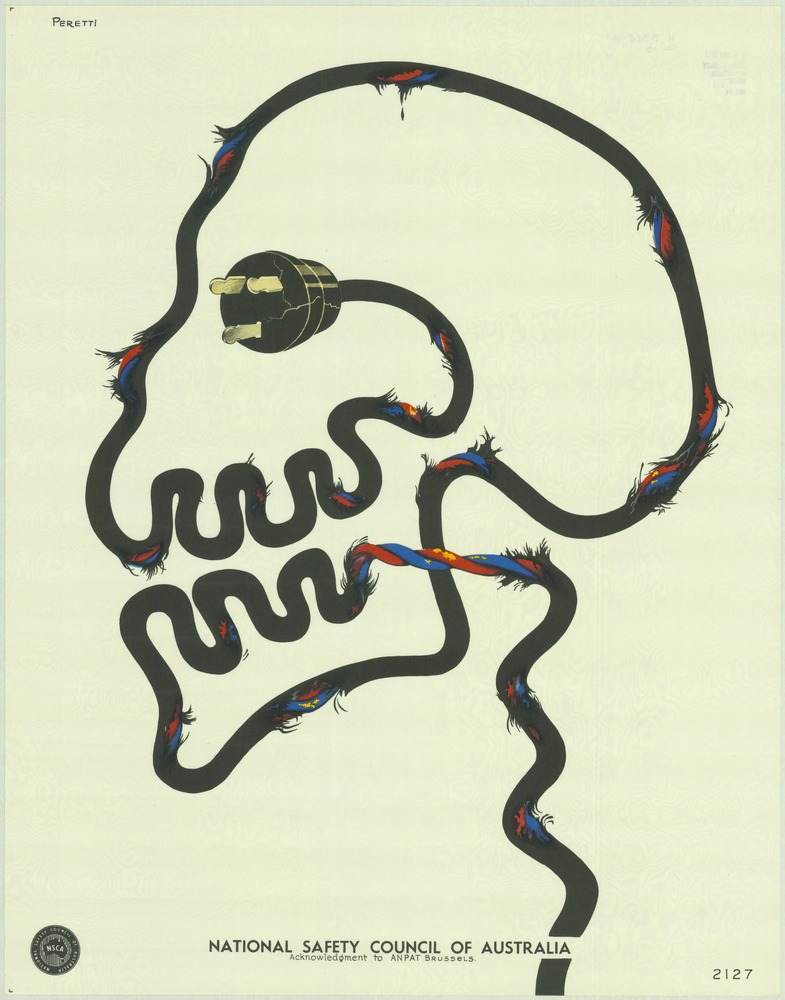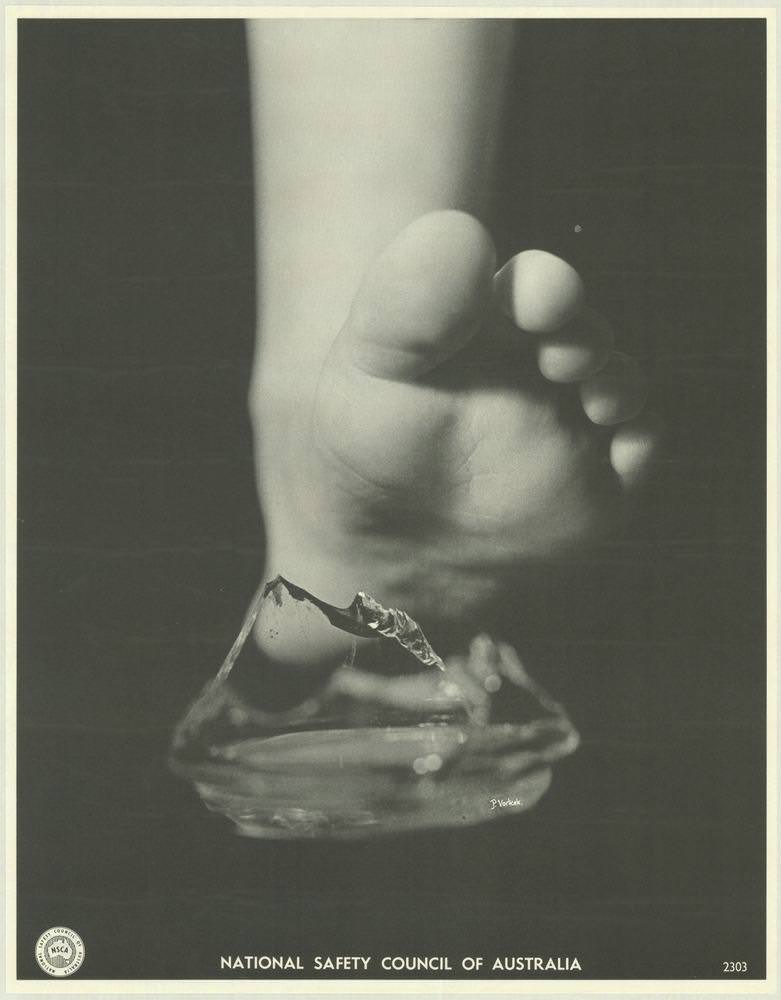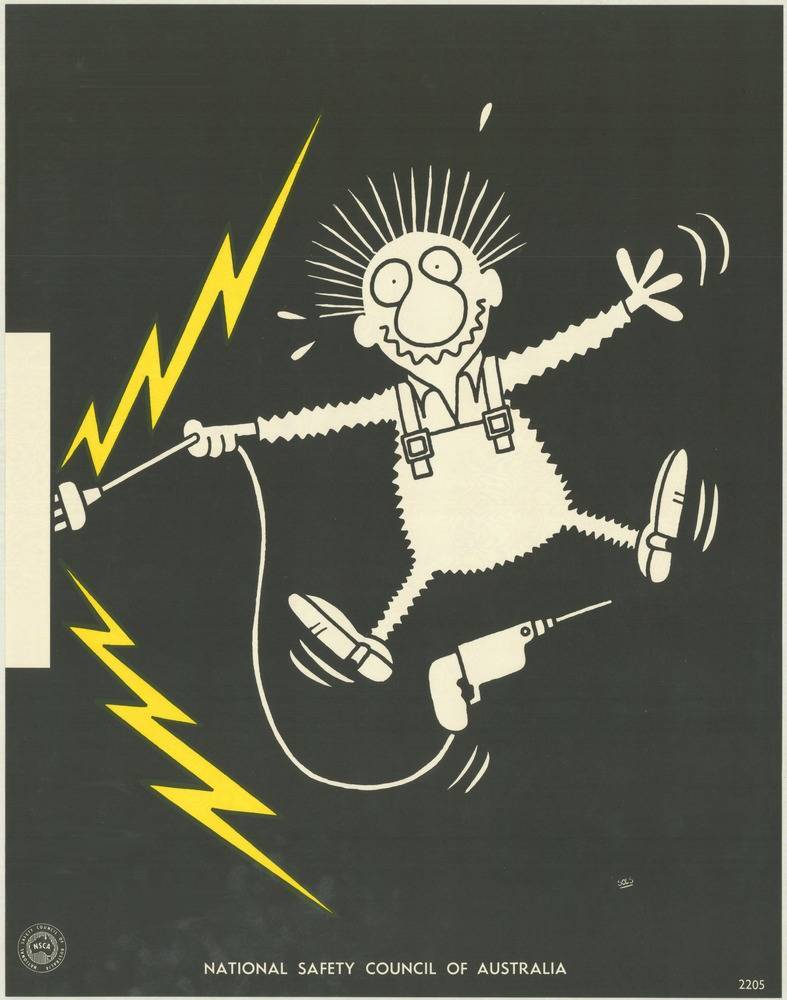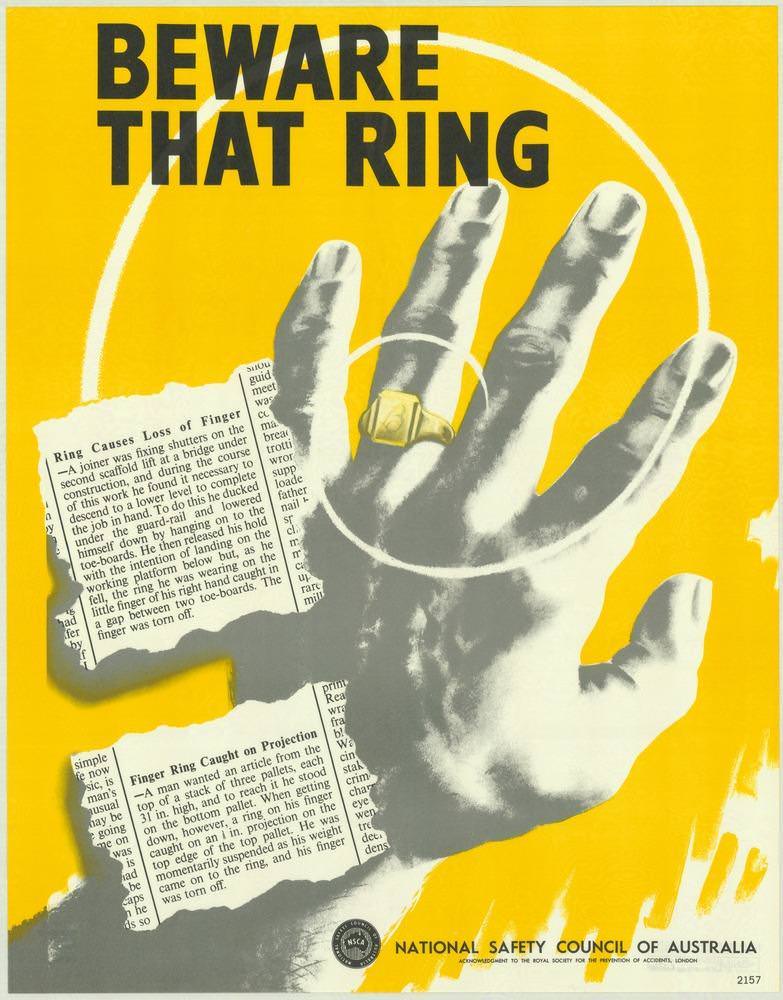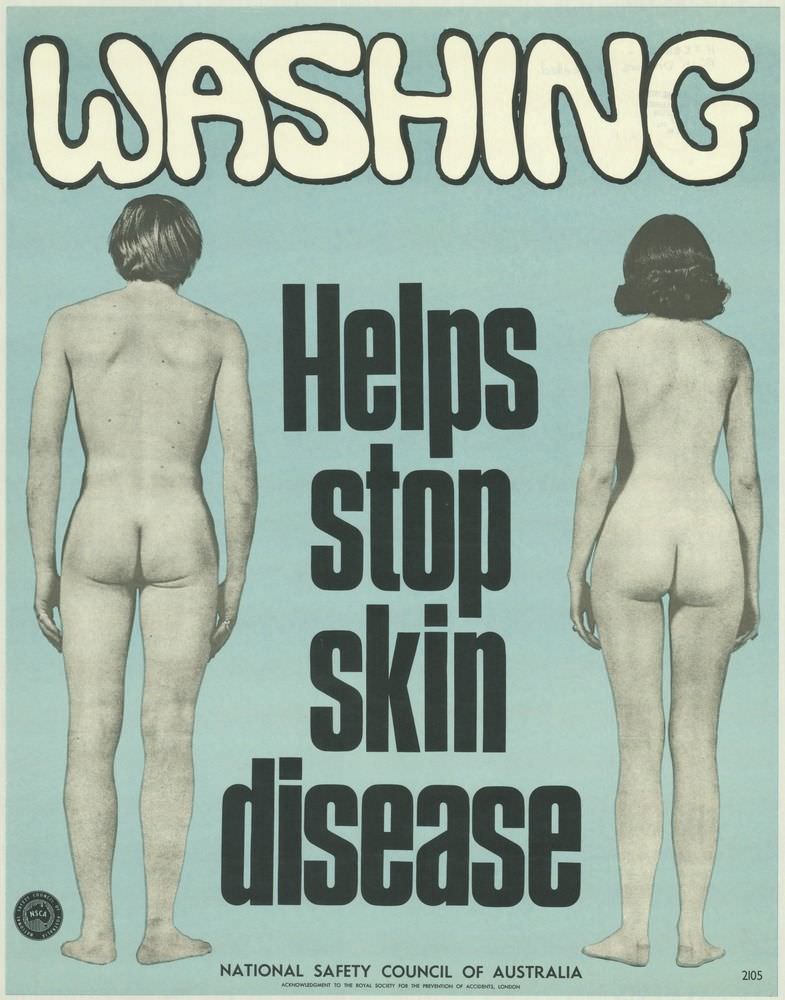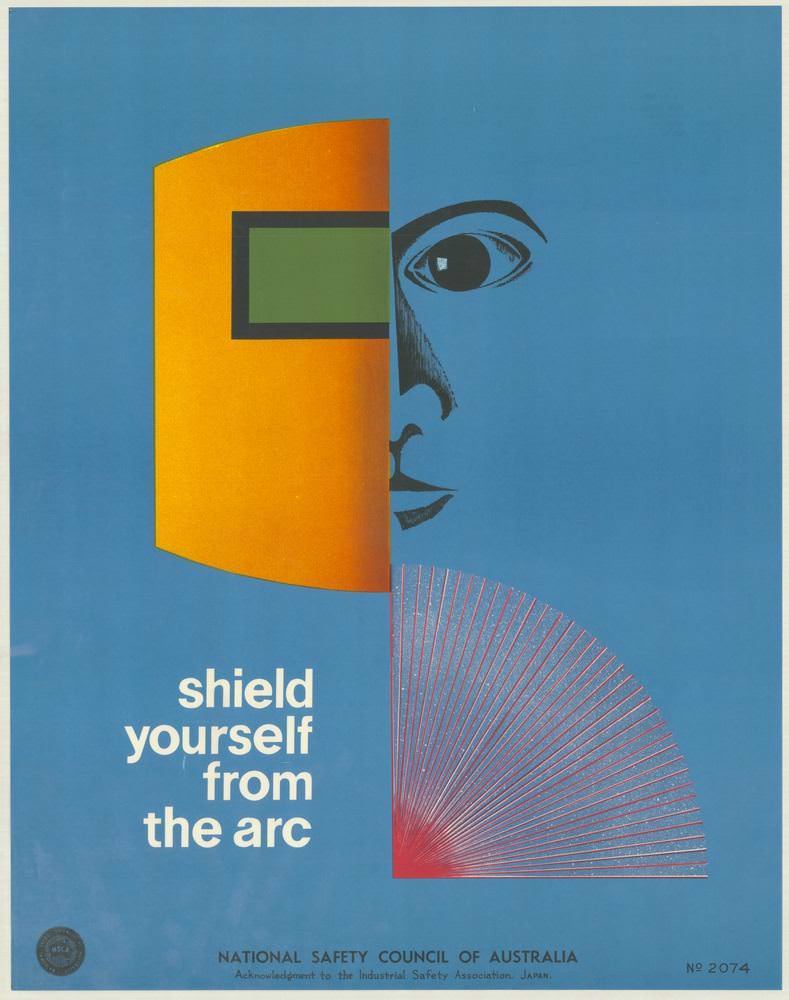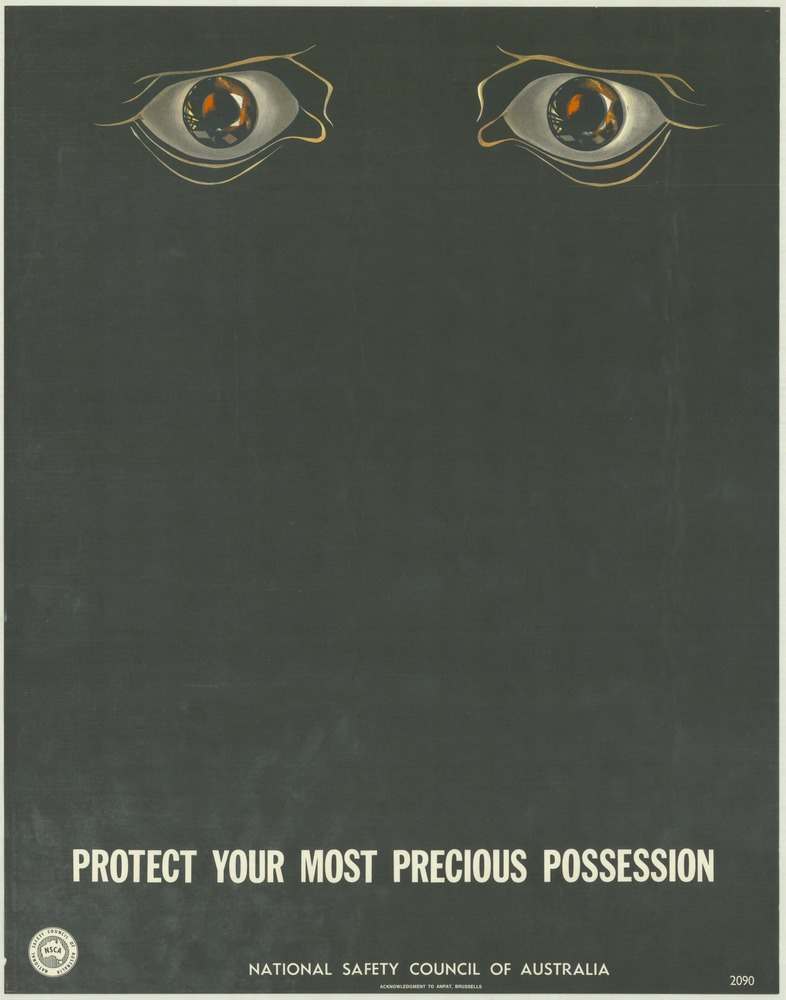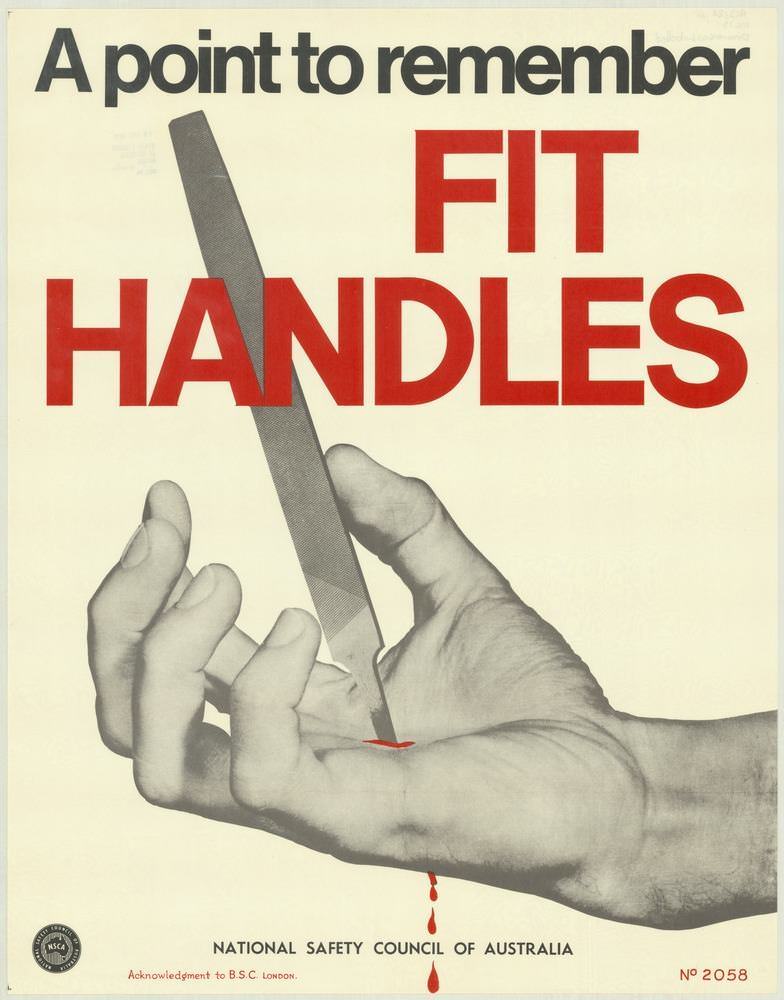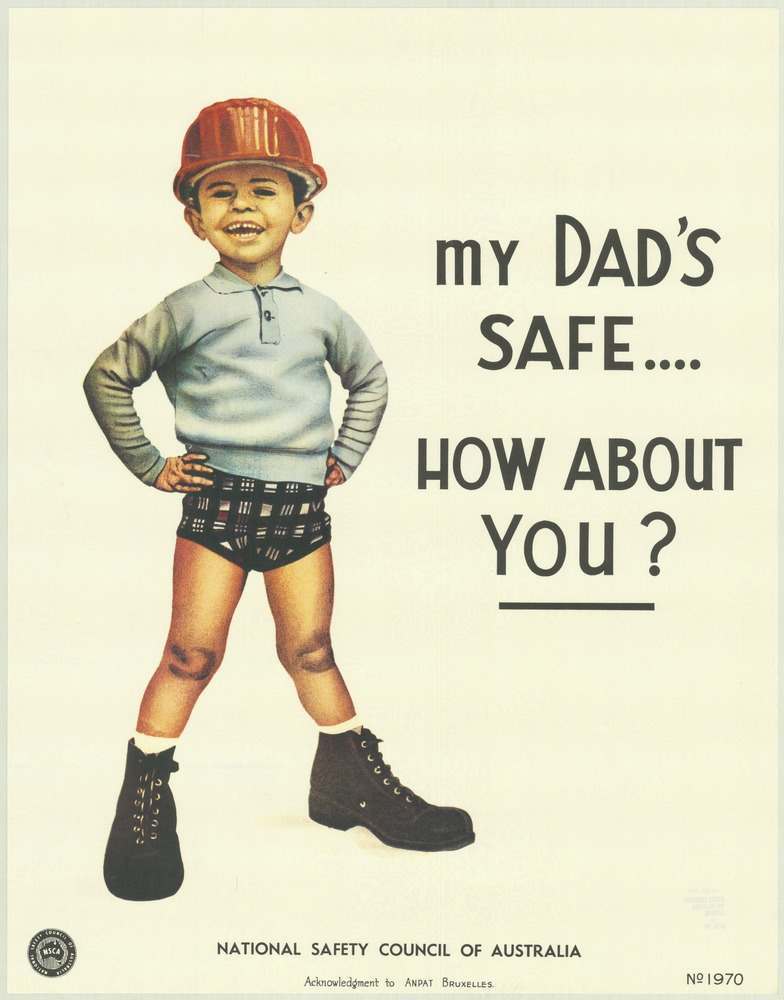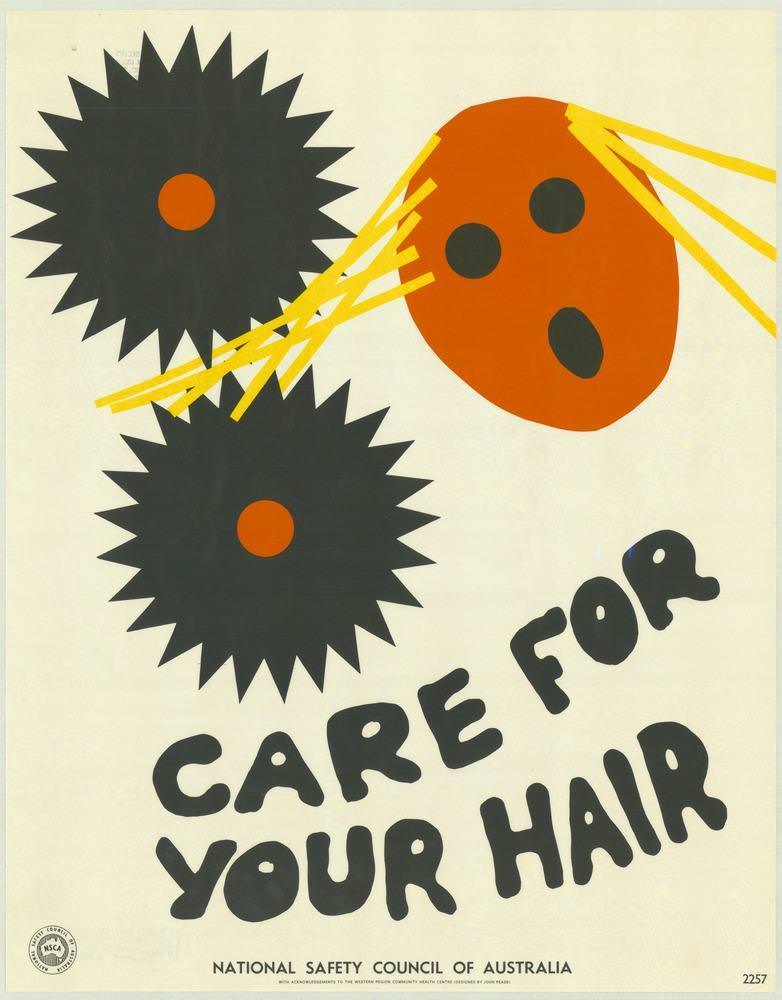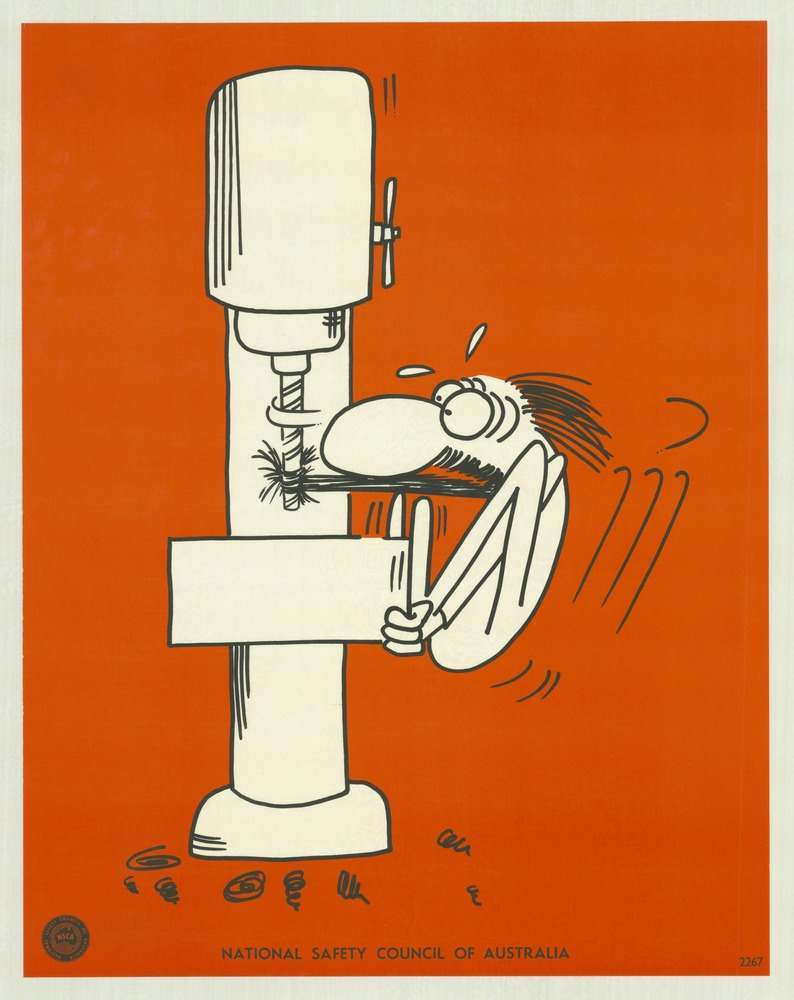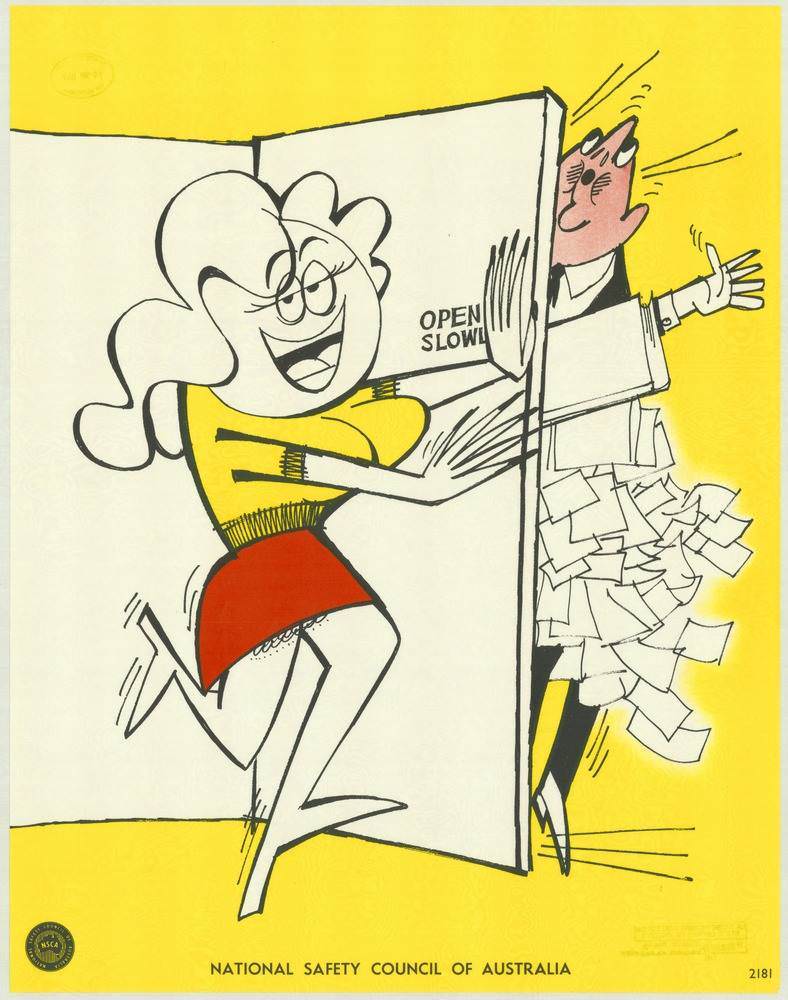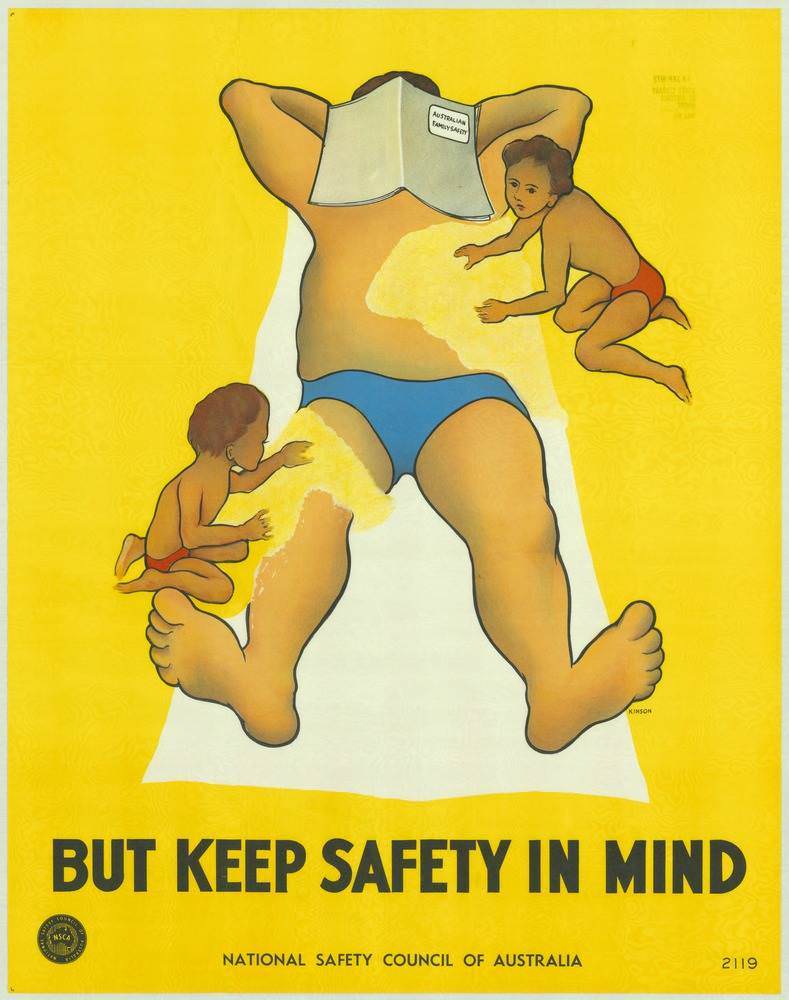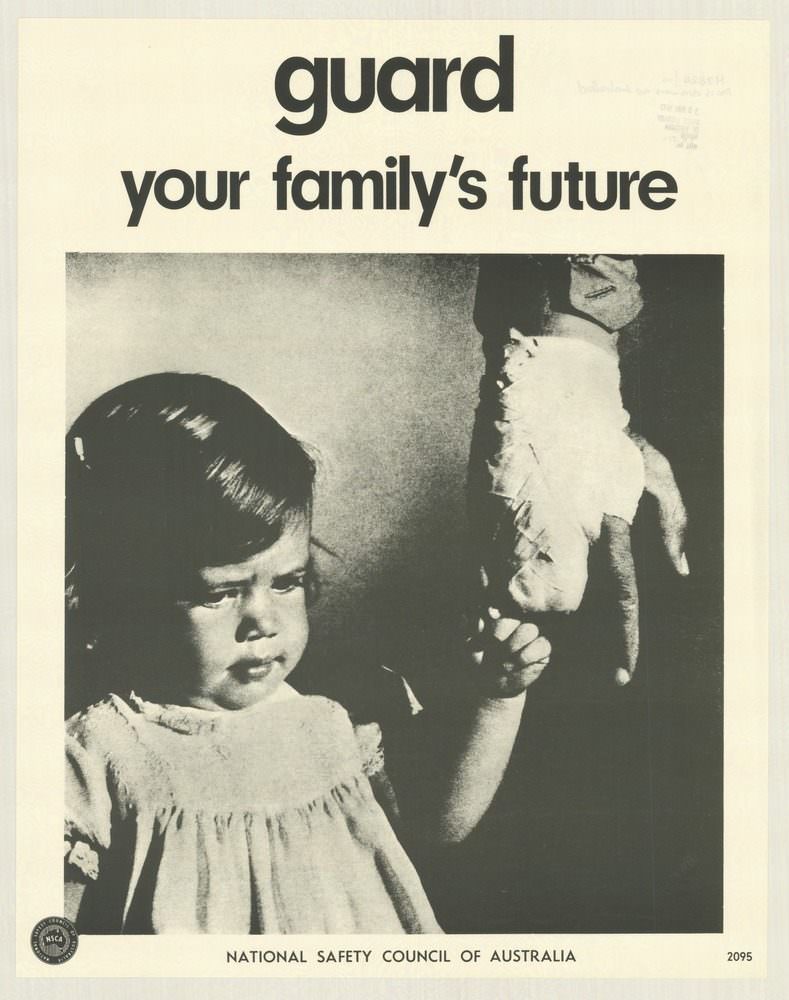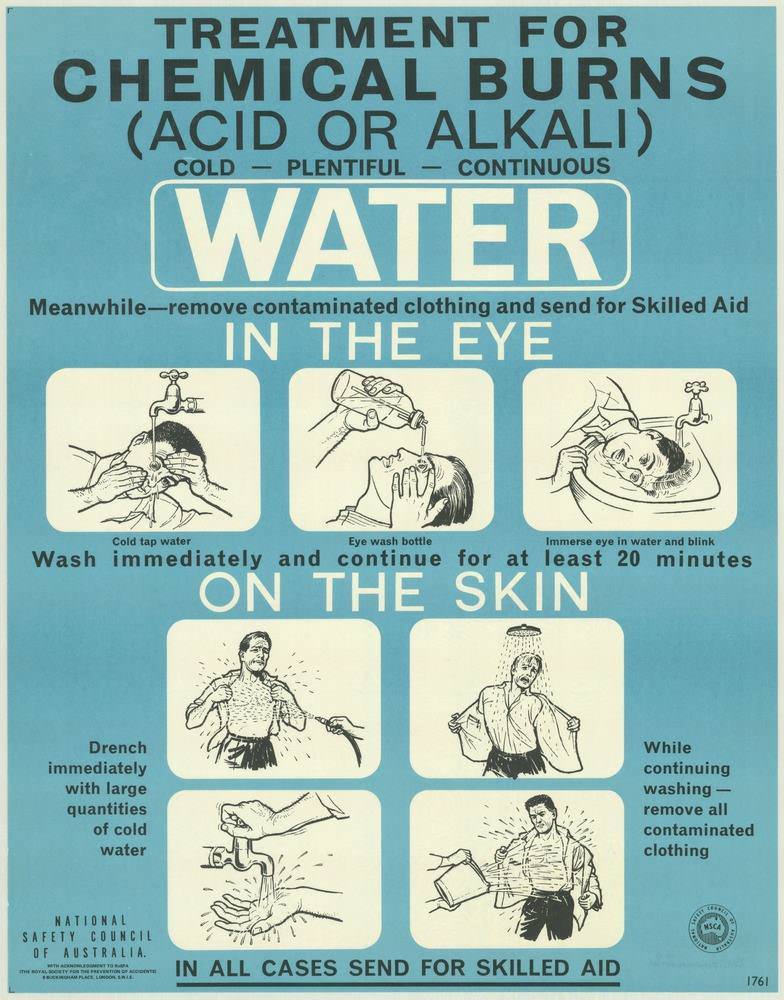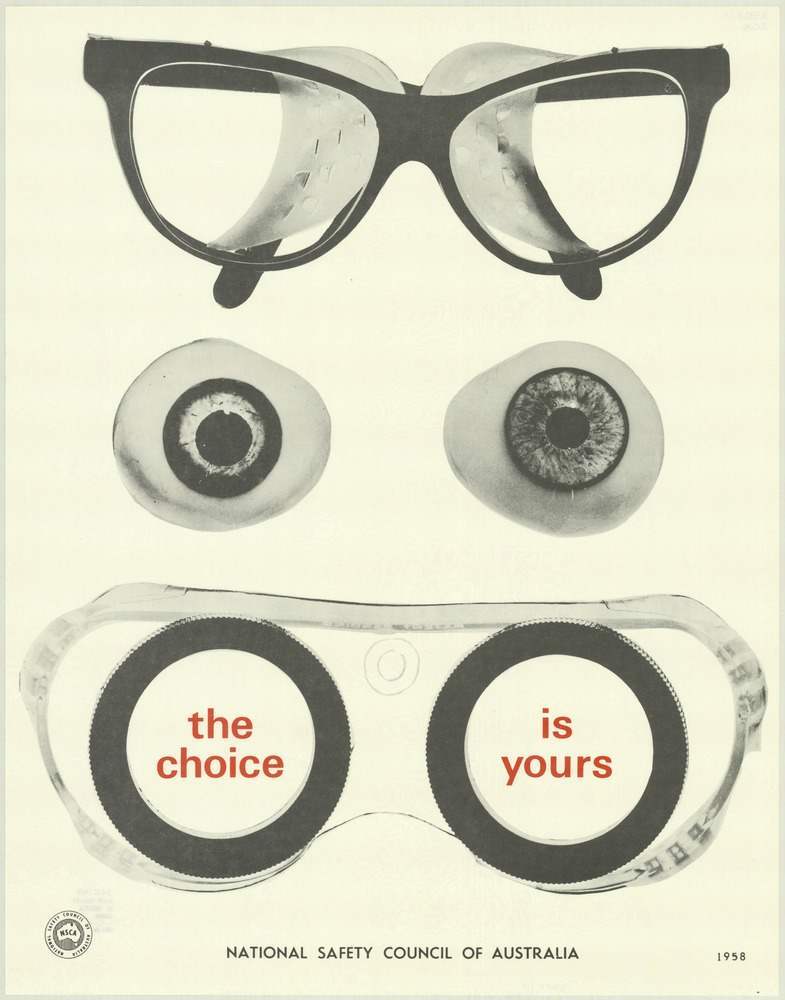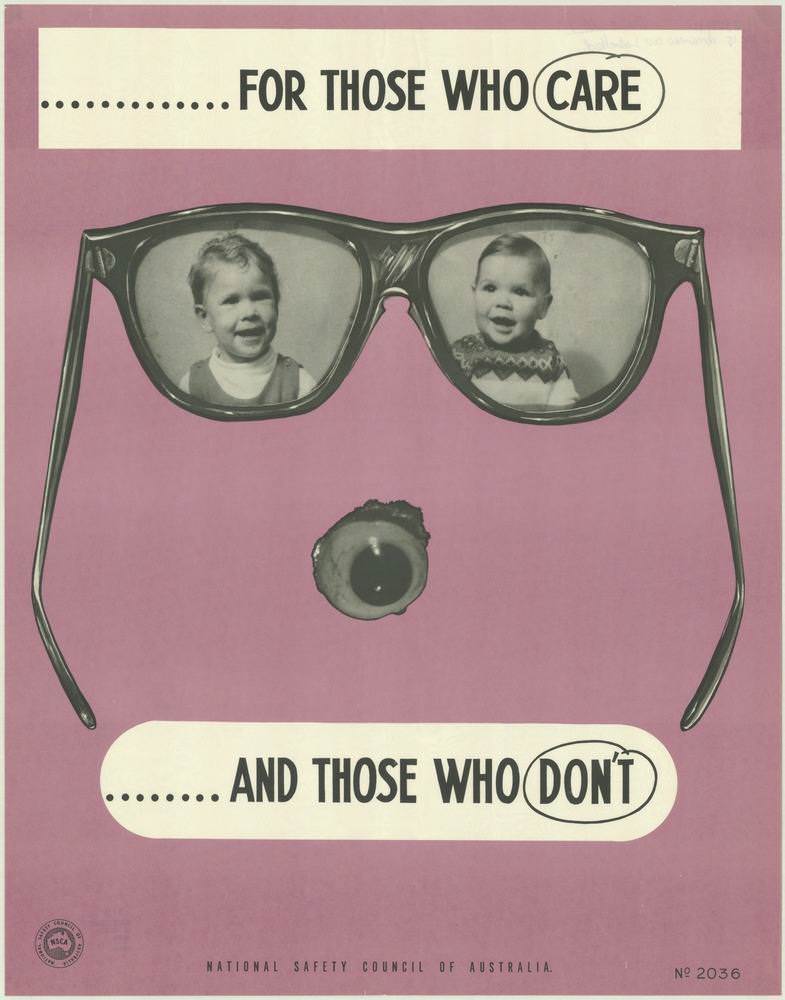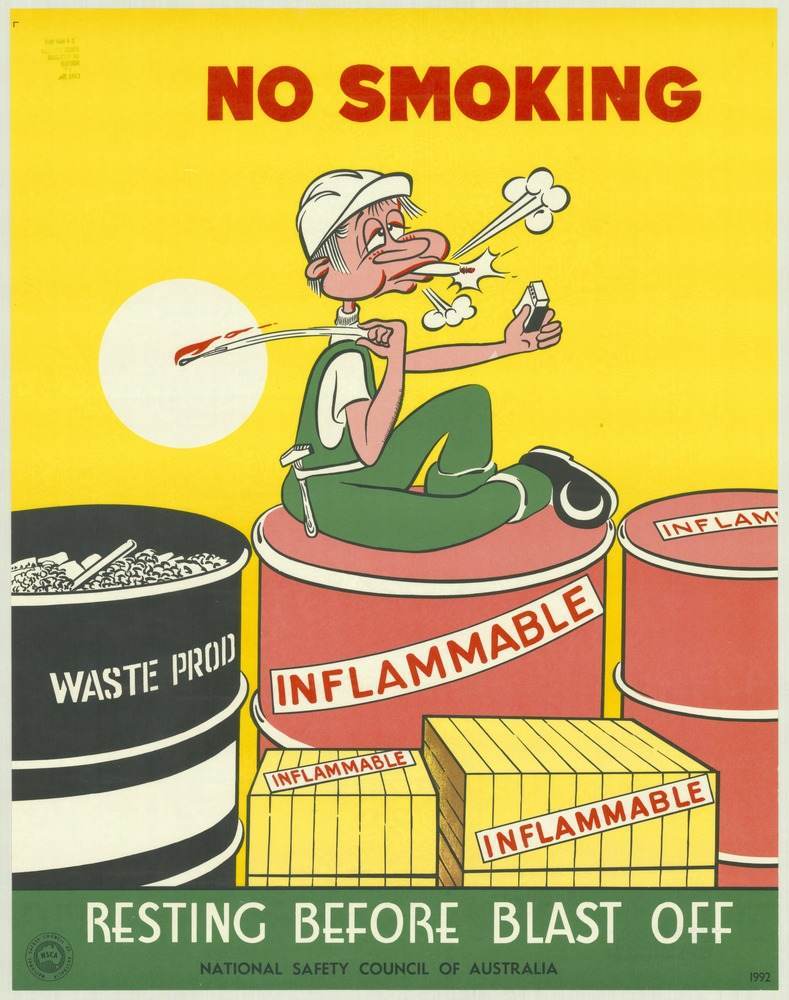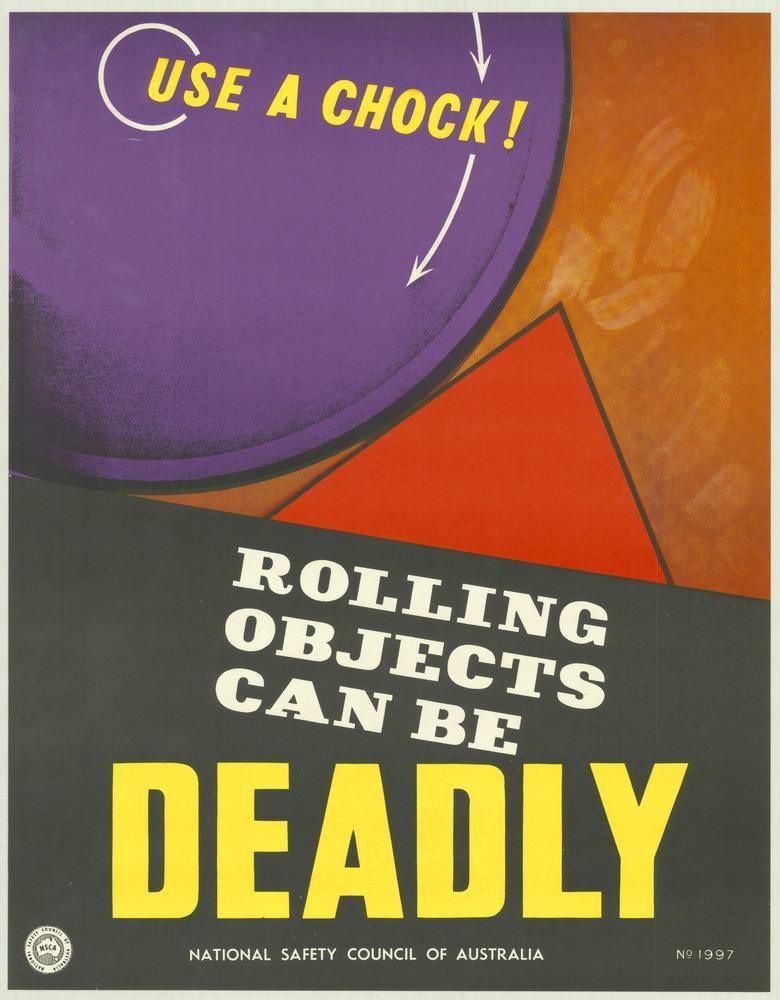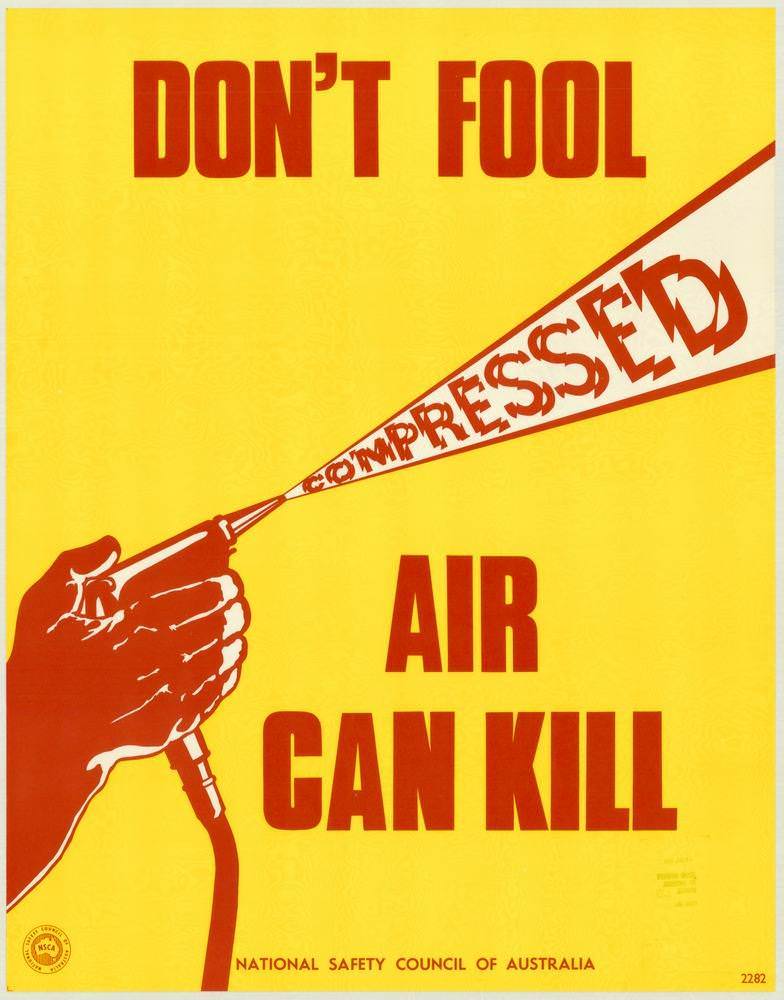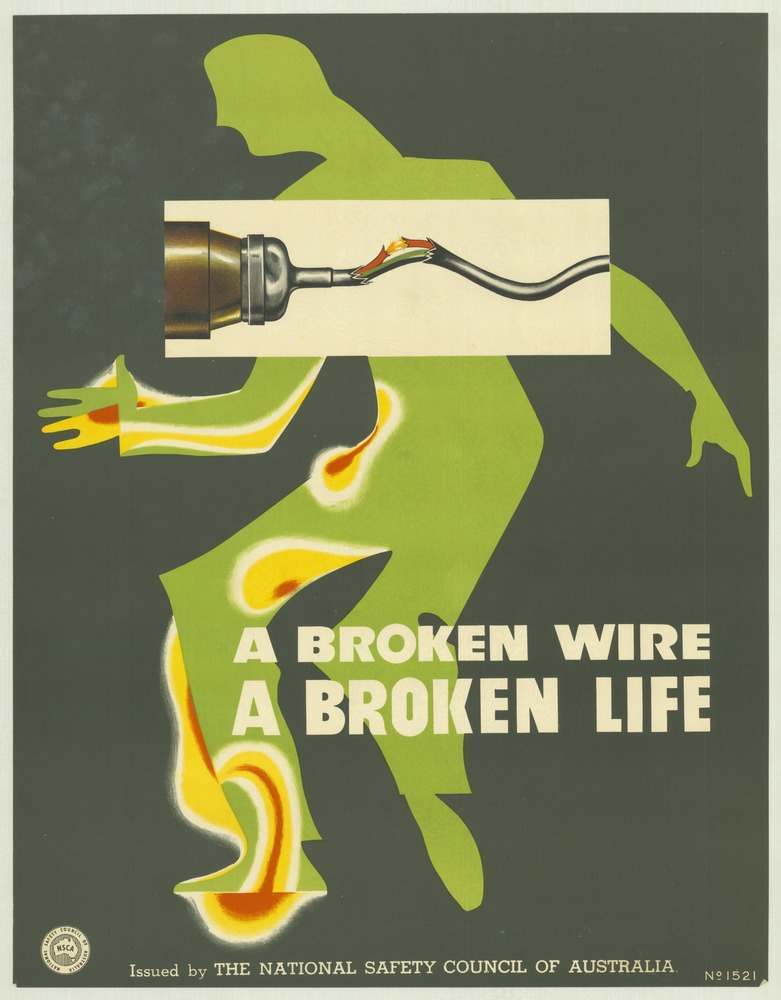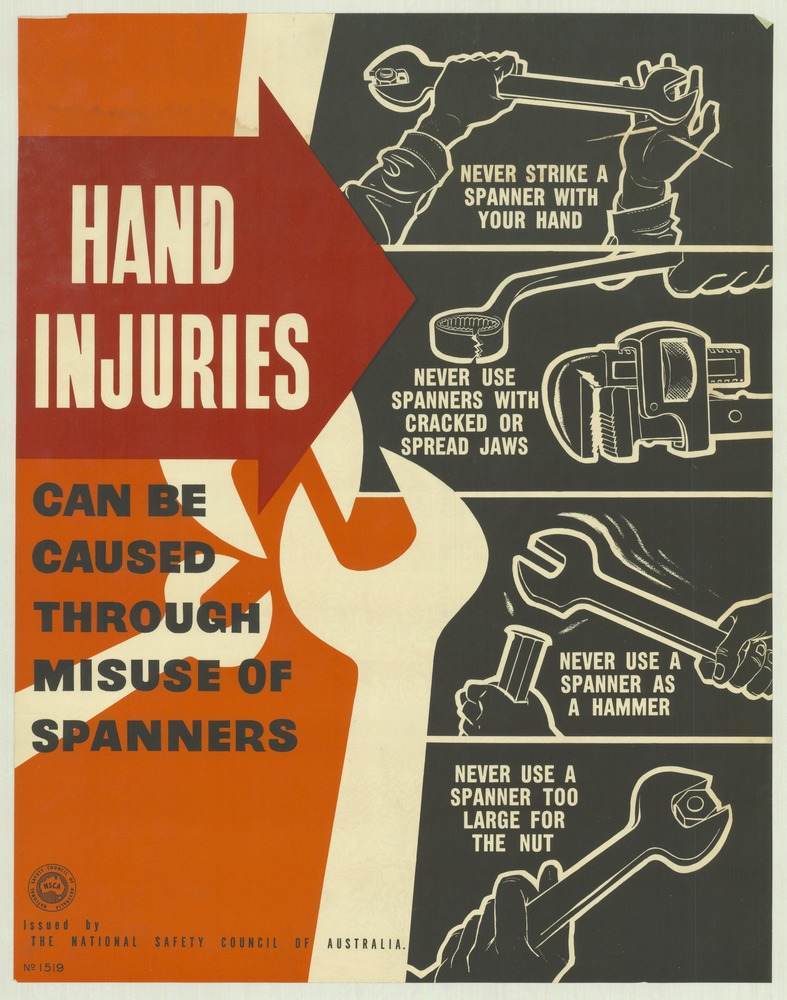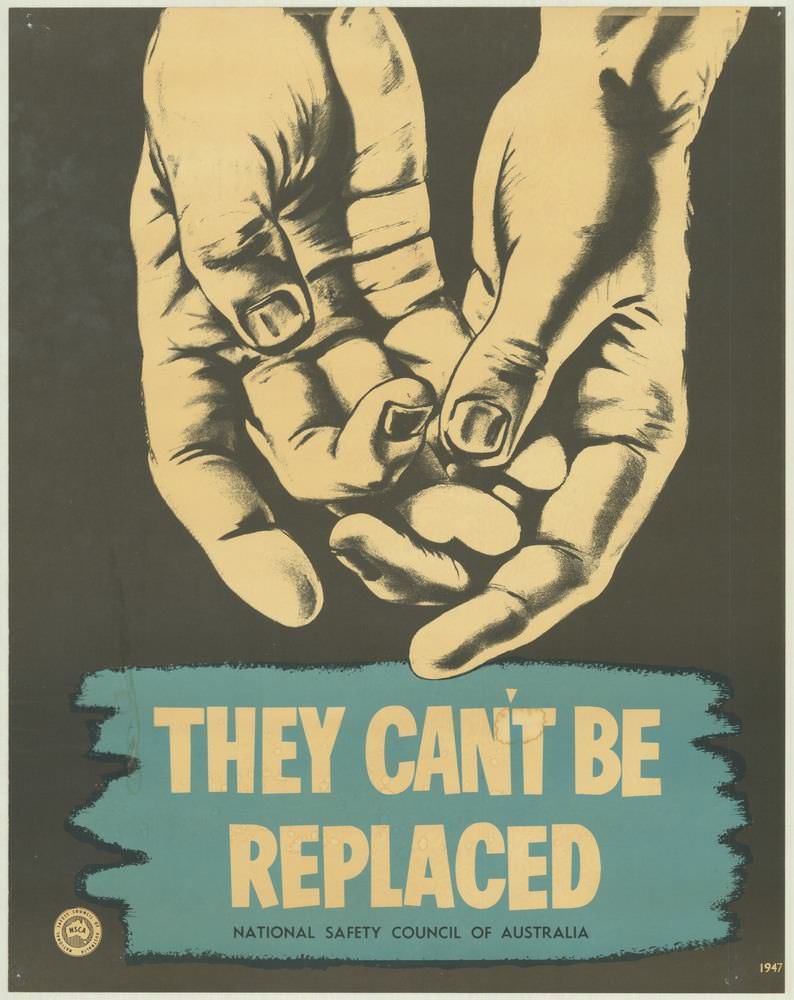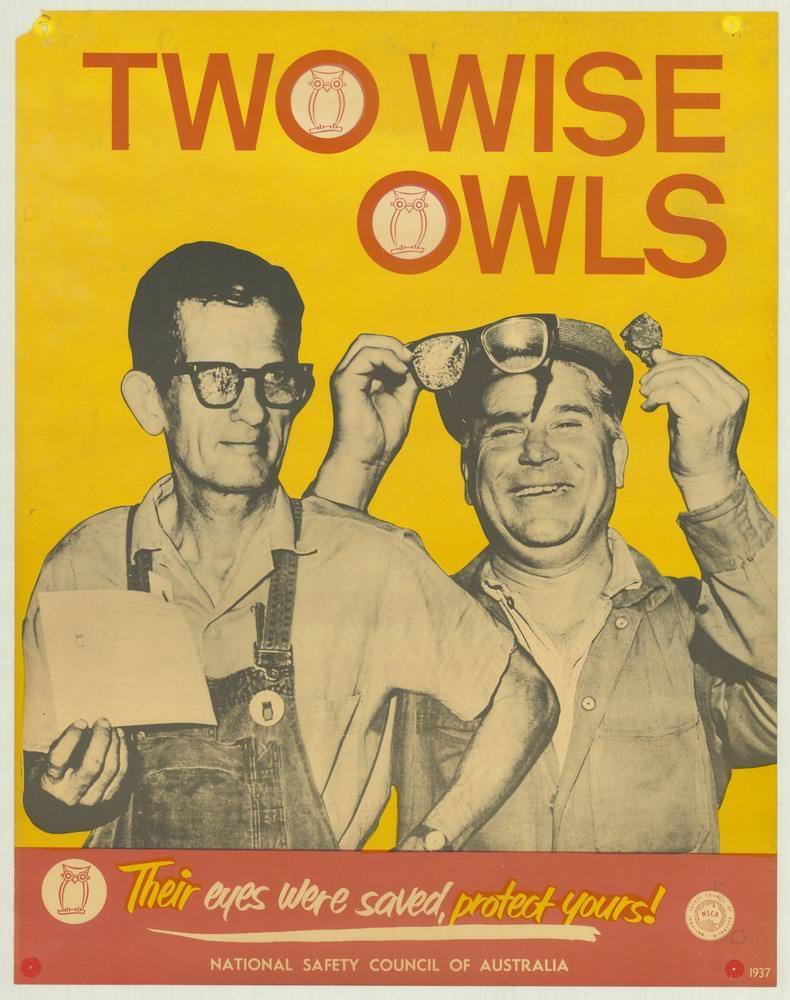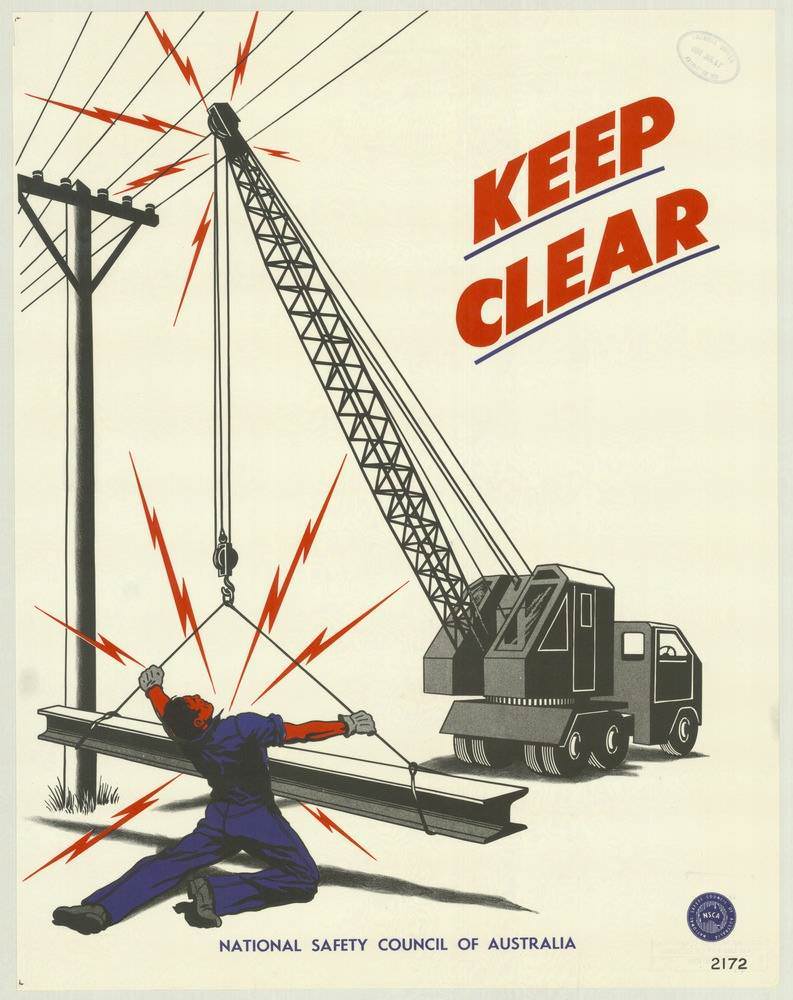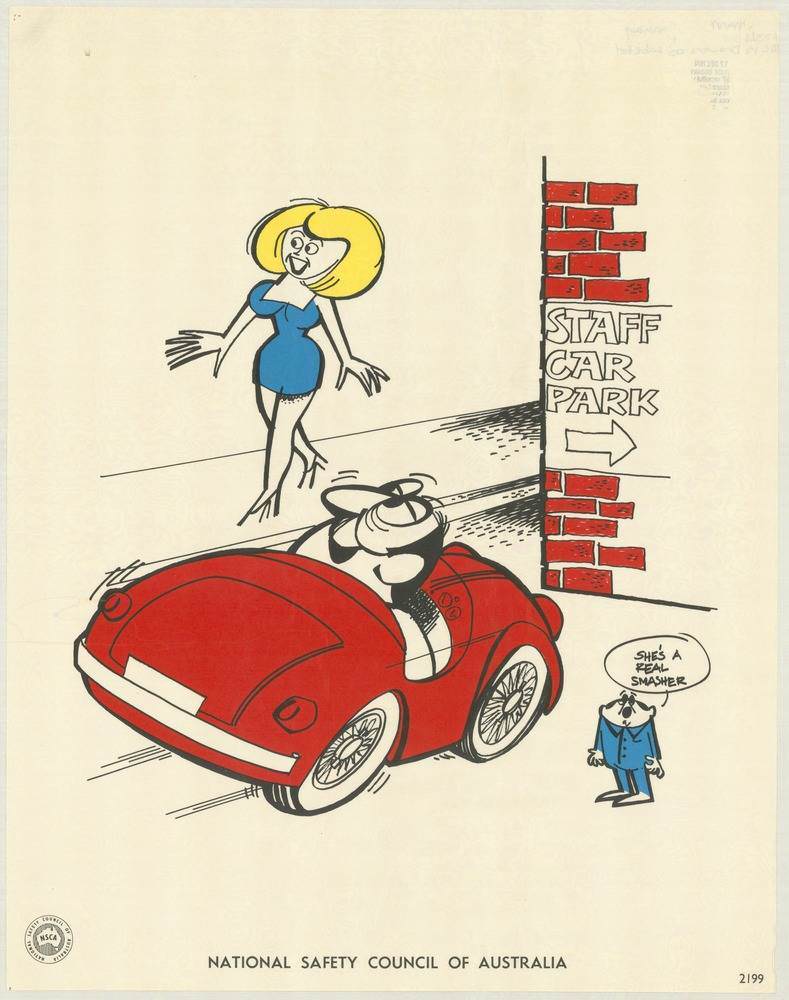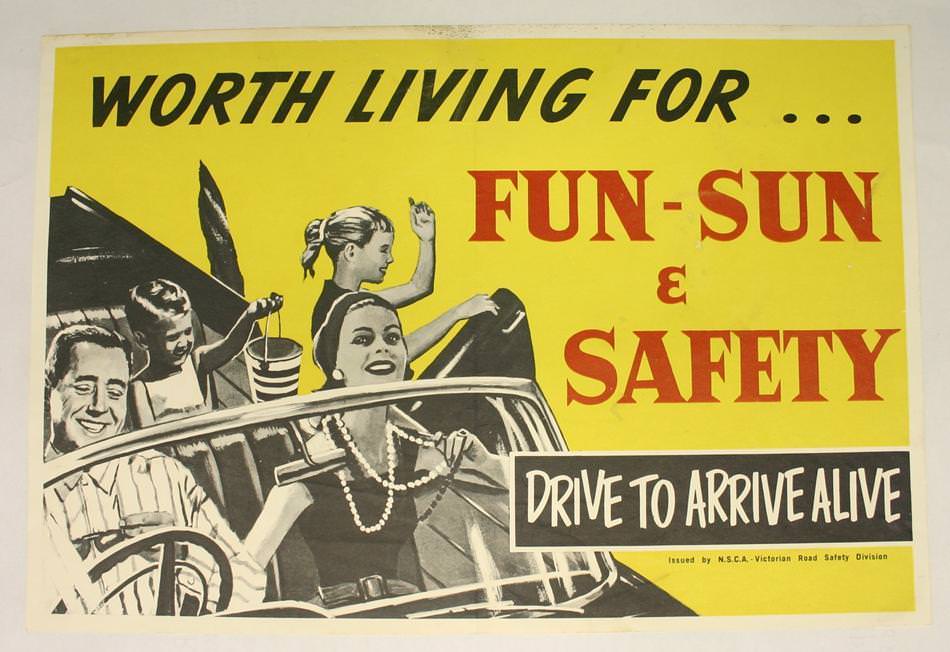In the 1970s, organizations worked to improve safety for people in their jobs and daily lives. One such group in Australia was the National Safety Council of Australia, or NSCA. This organization was not run by the government and did not aim to make a profit; its goal was to help keep people safe and well, especially at work.
To achieve their mission of preventing accidents and promoting safety, the NSCA created many different materials, including posters. These posters were an important way to get safety messages out to a wide audience across Australia during the 1970s. They were designed to catch people’s attention and remind them about potential dangers and how to avoid them.
The posters covered a range of safety topics relevant to the time. Workplace safety was a major focus. Posters addressed dangers related to using machinery, lifting heavy objects, electrical hazards, and wearing proper safety equipment like hard hats or eye protection. They aimed to make workers aware of the risks in their environment and encourage safer habits.
Road safety was another common theme. In the 1970s, car ownership was widespread, and traffic safety was a growing concern. Posters warned about dangers like speeding, drunk driving, not wearing seat belts, and paying attention while on the road. They showed the potential consequences of unsafe driving behaviors.
Beyond work and roads, some posters likely touched on safety in other areas, perhaps related to home safety or general public safety. The overall goal was to create a culture where people thought about safety more often throughout their day.


